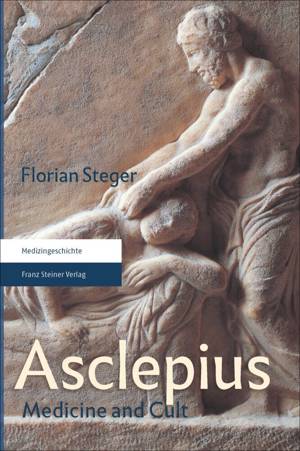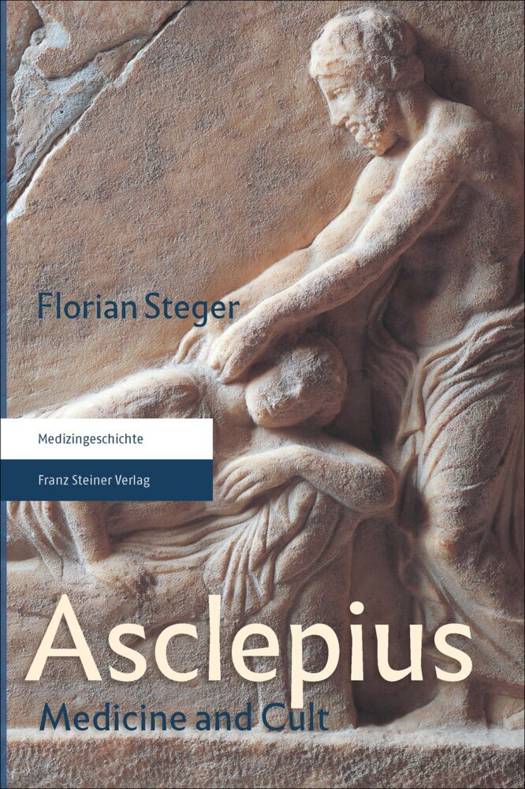
- Afhalen na 1 uur in een winkel met voorraad
- Gratis thuislevering in België vanaf € 30
- Ruim aanbod met 7 miljoen producten
- Afhalen na 1 uur in een winkel met voorraad
- Gratis thuislevering in België vanaf € 30
- Ruim aanbod met 7 miljoen producten
Zoeken
Omschrijving
Throughout antiquity patients sought relief and healing from their afflictions in the sanctuaries of Asclepius, the God of healing. The Asclepian healing cult included sacrifices, ablutions and incubation. In their dreams, the patients received therapeutic instructions. But not only miraculous cures occurred in the Asclepieia, nor were these sacred sites the last refuge of the seriously ill. Using selected examples from the Roman Imperial Period, Florian Steger outlines the healthcare provided in the prominent Asclepian sanctuaries - Epidaurus and Pergamum in particular - and demonstrates that this healthcare was on a par with the contemporary medical culture. Ancient epigraphic healing reports and the patient journal of the celebrated orator Publius Aelius Aristides paint a vivid picture of the daily treatments. The medicine of Asclepius clearly formed an integral part of the Roman Empire's multifaceted healthcare market.
Specificaties
Betrokkenen
- Auteur(s):
- Vertaler(s):
- Uitgeverij:
Inhoud
- Aantal bladzijden:
- 166
- Taal:
- Engels
Eigenschappen
- Productcode (EAN):
- 9783515121972
- Verschijningsdatum:
- 12/11/2018
- Uitvoering:
- Paperback
- Formaat:
- Trade paperback (VS)
- Afmetingen:
- 152 mm x 231 mm
- Gewicht:
- 284 g

Alleen bij Standaard Boekhandel
+ 128 punten op je klantenkaart van Standaard Boekhandel
Beoordelingen
We publiceren alleen reviews die voldoen aan de voorwaarden voor reviews. Bekijk onze voorwaarden voor reviews.











